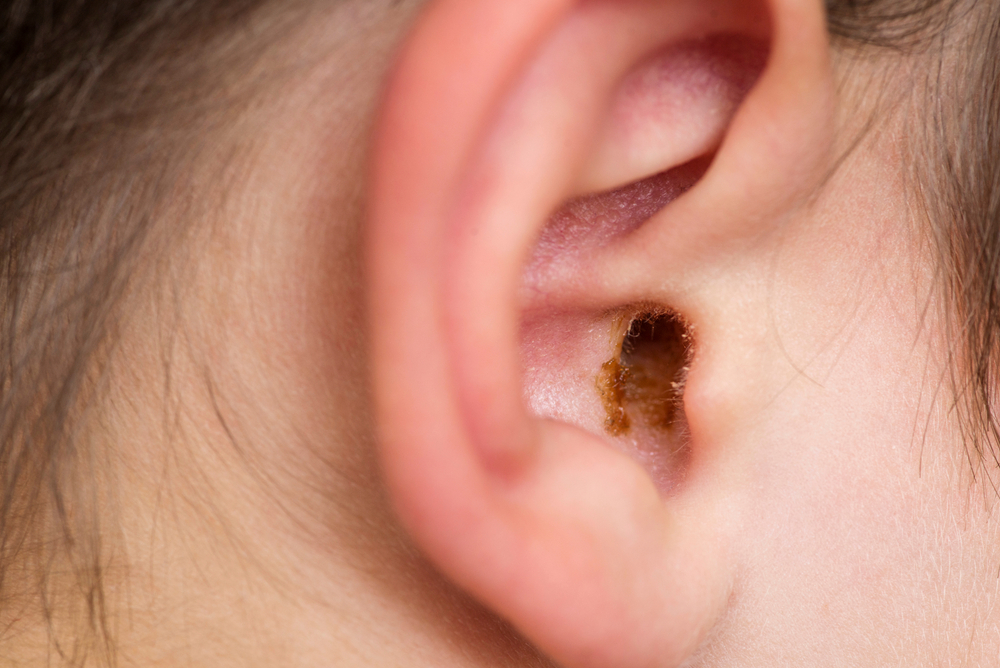
You probably don’t give much thought to earwax accumulation unless you’re in the process of clearing it out. Nonetheless, comprehending what causes earwax, how it forms, and its purpose is crucial.
So why does earwax accumulate?
Earwax, technically called cerumen, is a thick blend of debris, hair, skin particles, sweat, and ceruminous gland secretions. This earwax presents with a waxy consistency and can exhibit shades of orange, yellow, gray, or brown.
In most situations, children tend to produce more earwax than adults. Children also usually have softer earwax that’s lighter in color than adults.
Earwax passes the outer ear canal naturally, ultimately reaching the ear opening, where it either self-expels or gets washed away when you bathe.
Why is earwax essential?
Here are a few essential functions that earwax serves:
- Preventing itchiness and dryness by lubricating and protecting the lining of the ear canal.
- Acting as a protective barricade against external irritants such as dirt, dust, and other foreign particles before they penetrate deeper into the ear.
- Helping prevent ear infections.
Obstructions caused by earwax
Impacted earwax is a prevalent issue, but it’s typically the only time you need to worry about it. Impacted earwax can be the result of narrow or unusually shaped ear canals hindering the normal movement of earwax toward the ear’s opening.
Poor ear hygiene practices, like using cotton swabs or bobby pins, can inadvertently force wax deeper into the ear canal.
Individuals grappling with hearing loss who make use of earplugs or hearing aids are also predisposed to experiencing ear canal obstructions.
How is hearing impacted by excessive earwax?
The presence of earwax blockages may yield mild discomfort and dampen auditory health.
Ringing in the ears, or tinnitus, could also happen.
Untreated earwax obstructions might intensify into middle ear infections, perforated eardrums, or lasting hearing loss as a result of acoustic trauma.
Dealing with impacted earwax
Should you think you have an earwax blockage, consulting us quickly is imperative. Depending on the extent of the blockage, you might be advised to utilize over-the-counter wax softening drops or a bulb syringe for delicate irrigation to relieve the condition.
Give us a call right away if you need some help with an earwax blockage.